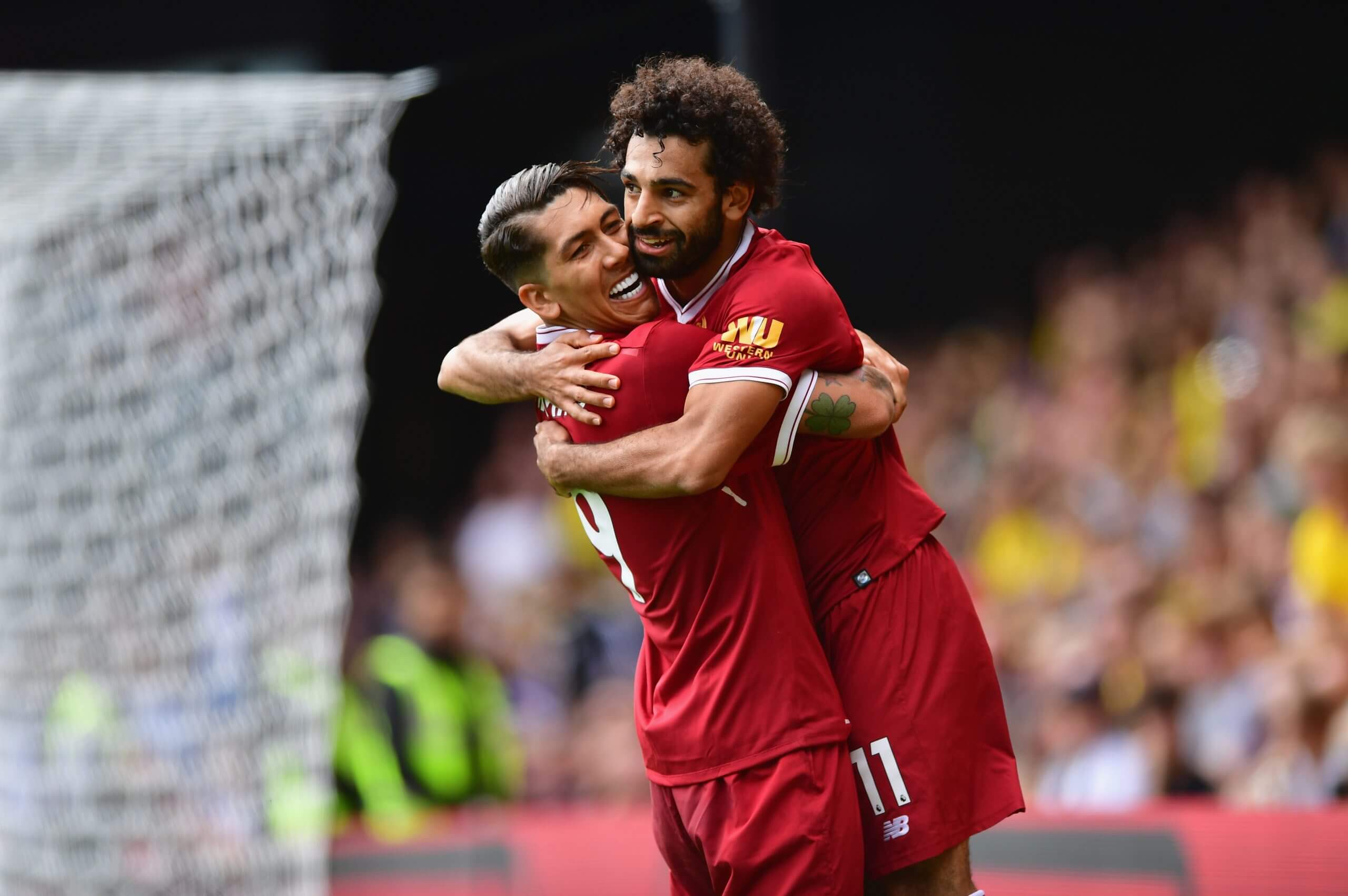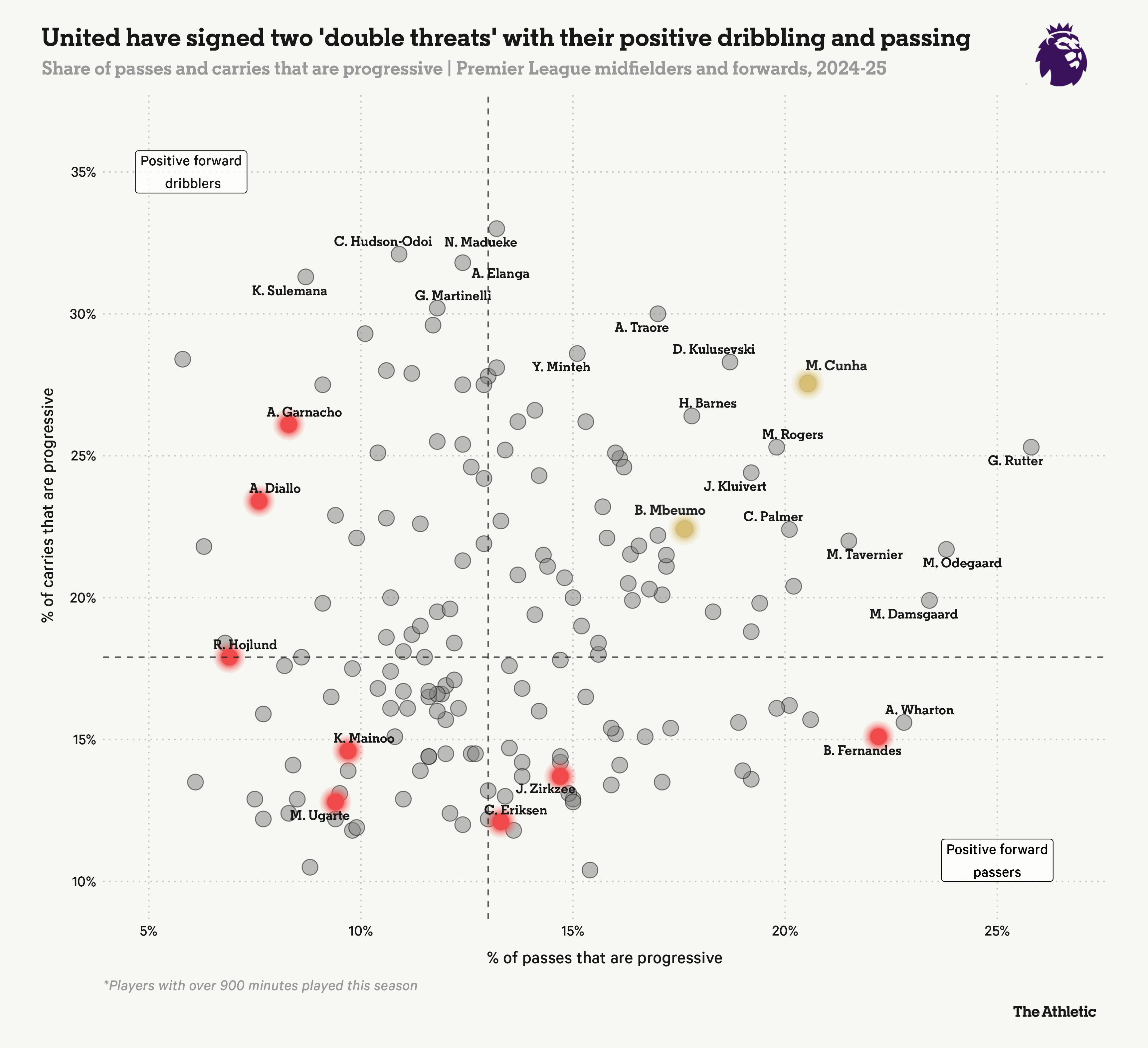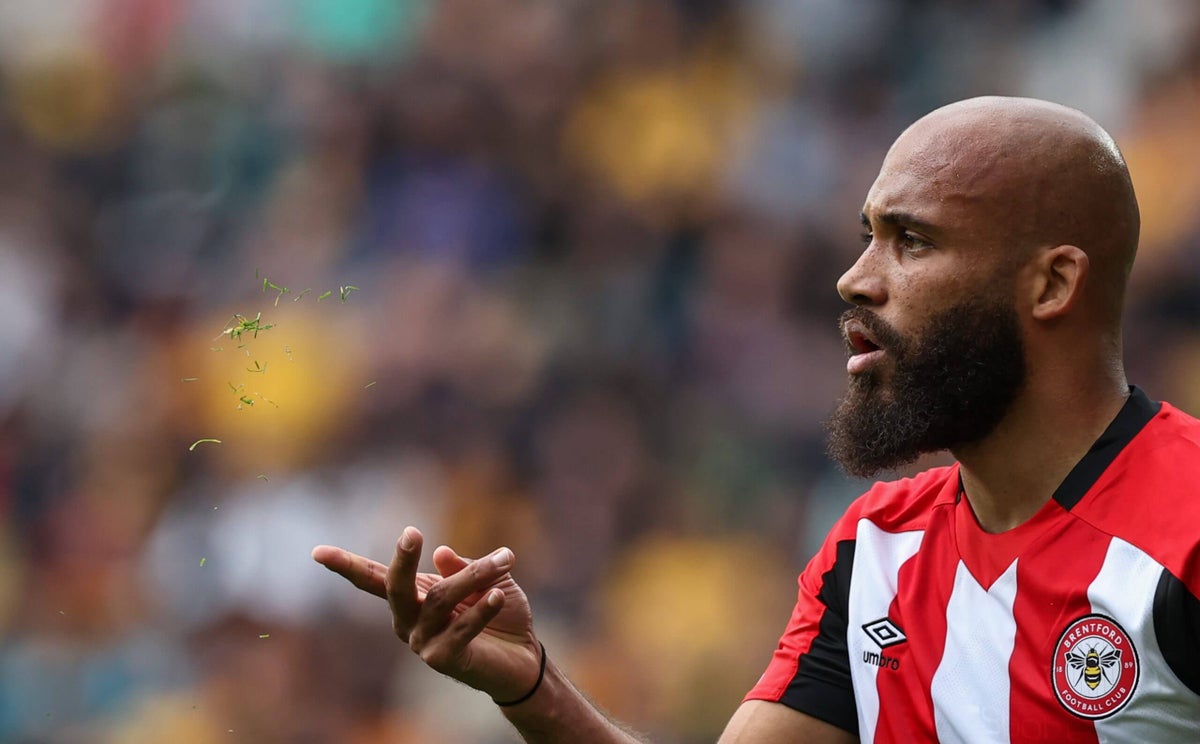When Sir Jim Ratcliffe gave a series of interviews from INEOS’ headquarters in Knightsbridge a few months ago, one name came up more often than you might expect: Ian Graham.
You probably know Graham as Liverpool’s former director of research, who, alongside Michael Edwards, championed data science behind the scenes from a pokey box room at Melwood and ultimately played a key part in putting another of English football’s behemothic clubs back on their perch.
Graham left Liverpool in 2023 and, last year, published his book ‘How to Win the Premier League’. Has Ratcliffe read it? Some of those close to the petrochemicals billionaire were not sure when asked by The Athletic, but said they would not be surprised. If Project 150 is to be completed, it should probably find its way to his bedside table sometime before 2028.
If he has read it, or when he does, Ratcliffe will learn that one of the key elements of Liverpool’s data-influenced approach was Graham’s ‘possession value’ model, which calculated if a player’s every action in possession contributed to his team’s chances of scoring or conceding a goal.
Graham’s model was partly inspired by Dean Oliver’s concept of ‘usage’ in his book ‘Basketball on Paper’, which can also be broadly applied to its fellow ‘invasion’ sport: football.
Put simply, this is the idea that a player can only score a goal if they shoot. But shooting often ends a spell of possession, and a team can only score if they have the ball. Sometimes it is more advantageous to play an extra pass or beat an opponent with a dribble.
Ideally, your best attacking players should be capable of doing all three of those things, and should know when one or the other will improve their team’s chances of scoring. They should be, what Graham calls, a ‘triple threat’.
“These players are difficult to defend against,” he writes. “They can choose to pass or dribble instead of shoot. And they use up fewer possessions than players whose only skill is shooting.”
Liverpool’s research department believed they had three ‘triple threats’ in Mohamed Salah, Sadio Mane and Roberto Firmino. But they also considered each to have particular strengths which complemented the others. Firmino’s ability to link play and find the right pass made the most of Salah’s expert finishing, for example.

(Alex Broadway/Getty Images)
For all the complex metrics and machine learning, here was an example of the simple, intuitive logic at the heart of Liverpool’s title-winning data science. The best frontlines are balanced frontlines, where the players have complementary strengths and no clear weaknesses.
So, how much attention was Ratcliffe paying to page 152, if indeed he has read that far?
The targeting, pursuit and long-awaited agreement to sign Bryan Mbeumo suggests at least some, because you would be hard-pressed to find another Premier League player who added more value to his team’s attacks than the Brentford winger. Outside of Anfield, at least.
According to StatsBomb’s On-Ball Value (OBV) metric — a possession-value model of the type that was a cornerstone of Graham’s work — only Salah added more value to his team’s attacks last season than United’s new £65million ($87.2m) signing.
Those figures are total values rather than per 90 minutes, meaning players such as Salah and Mbeumo benefit somewhat from having consistently played a lot of football last season.
Yet these metrics record both positive and negative contributions, punishing errors and mistakes harshly. Players with a lot of minutes have more opportunities to be both rewarded but also to be penalised. Still, Mbeumo ranked highly among his peers.
Clearly, United will be hoping for a repeat of his 20 league goals — the fourth-most of any player last season and a career best for Mbeumo — although five came by dint of being Brentford’s penalty-taker, a responsibility he is unlikely to assume from Bruno Fernandes.
As has been well documented, Mbeumo overperformed his 12.3 expected goals (xG) significantly last term. That will almost certainly not be repeatable season after season at Old Trafford.
Yet, last season was actually a down year on the underlying metrics for the 25-year-old, with his 2.08 shots and 0.20 non-penalty xG per 90 minutes being his lowest totals since becoming a Premier League player.
Mbeumo’s On-Ball Value (OBV) – 2024-25
% Rank
Pass OBV
5.05
96
Shot OBV
1.67
89
Drib&Car OBV
4.55
87
DefA OBV
2.03
98
Total OBV
13.30
99
Data by StatsBomb; vs Premier League attacking midfielders/wingers
Mbeumo made up for that by ranking far better among his peers on value-added metrics, where his execution of shots helped turn low-quality chances into goals, ranking among the 89th percentile of attacking midfielders and wingers in the Premier League.
A repeat in United’s colours could, in some ways, mitigate fellow new signing Matheus Cunha’s tendency to shoot from range, which led to some spectacular goals from Wolverhampton Wanderers last season but, according to Shot OBV, was often detrimental to his team’s chances of scoring.
Cunha’s On-Ball Value (OBV) – 2024-25
% Rank
Pass OBV
4.18
88
Shot OBV
-0.73
39
Drib&Car OBV
4.31
70
DefA OBV
-0.03
9
Total OBV
7.72
64
Data by StatsBomb; vs Premier League attacking midfielders/wingers
Yet both players are more than just goalscorers anyway, and were arguably most influential as providers last term. Both ranked highly among players in their position for Pass OBV, with only three players adding more value to attacks than Mbeumo: Fernandes, Salah and his Brentford team-mate Mikkel Damsgaard.
For all that Mbeumo overperformed in terms of his goalscoring, the quality of the chances that he created for teammates suggests that he was unfortunate not to have racked up a couple more assists.
As we can see from the map below, he was excellent at moving the ball into the box from his wide role, frequently finding players inside the six-yard box from corners, perhaps a product of Brentford’s meticulous approach to set pieces.

Crucially for United, both players stood out among the rest of the league as front-footed and progressive, whether that was passing or dribbling. It is something that Ruben Amorim’s side sorely lacked, with often only Fernandes’ playmaking driving the team up the pitch.

Again, Mbeumo ranked highly for adding value to Brentford’s attacks through his dribbling last season, with Cunha not far behind for Wolves. One player to outperform both was Amad, who may now see more minutes at wing-back this season as a result of United’s spending targeting the two No 10 spots.
Mbeumo could be more effective when dribbling, though, and more threatening on goal too. As well as he ranks on possession-value metrics, his raw volume in terms of shots, progressive carries and take-ons was below the Premier League average last season. Mbeumo often lingered on the edge of attacking moves and held the width at Brentford — though he could be decisive when he picked up the ball and looked to drive inside.
It is not just penalties he could lose, either. A steady diet of set-piece duties has helped lift those eye-catching chance-creation numbers. Cunha held many of the same responsibilities at Molineux, too.
But both are well-rounded attacking players who can shift the emphasis of an attack in various ways with the ball at their feet. The type that last season’s often staid, predictable United attack badly needed. And particularly in the case of Mbeumo.
Whether Ratcliffe has read Graham’s book or not, there is a hint of its lessons in the identity of the biggest signing he has sanctioned at Old Trafford to date. United must hope they have found their own ‘triple threat’.
Additional reporting: Thom Harris
(Lee Parker – CameraSport via Getty Images)

